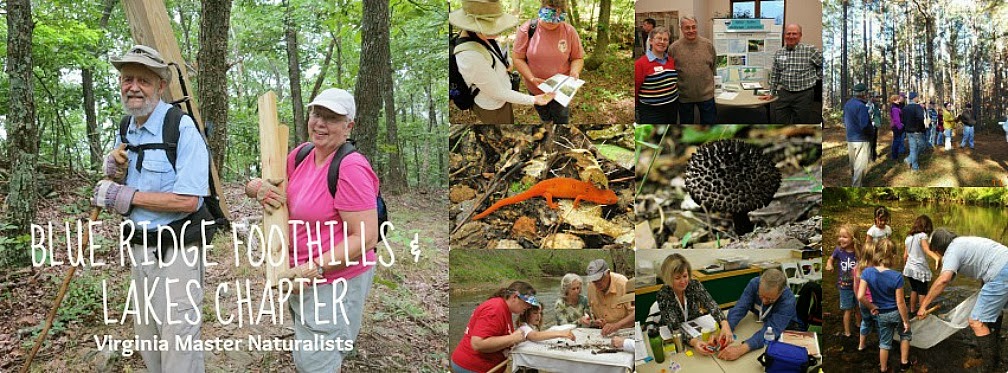The Roanoke Regional Water Pollution Control Plant is one of the hidden birding gems in the Roanoke Region.
Species including killdeer, great crested flycatchers, and yellow-headed blackbirds can be spotted regularly from this location. In all more than 242 species have been spotted from the plant, including 62 percent of the birds native to Virginia.
There are two viewing platforms on site. Birders can also walk along paths within plant along the Roanoke River.
But you do need a permit to visit and check out the wildlife. Single-day and permanent passes are available. Just fill out the online application and return it to the WPC Plant Administration Office on Brownlee Avenue.
Over 242 species of birds have been documented at the WPC Plant including 62% of the birds native to Virginia.
Learn more here!
What to Expect While Birding at the WPC Plant
- The WPC Plant features many different habitats that attract woodland, aquatic and grassland birds. The biosolid lagoons attract birds who prefer coastal mud flats or tidal pools. Birders can walk on gravel roads within the plant along the Roanoke River, next to the biosolids lagoons and adjacent to the wooded areas. As this is an industrial area, bird watchers are urged to use caution while at the plant.
- Birders may also wish to walk along the Roanoke River Greenway (www.greenways.org) which runs through the rear of the WPC Plant property.
- Two platforms have been constructed at the WPC Plant where visitors are invited to sit and watch the birds. One of the platforms is ADA accessible.
- Over 242 species of birds have been documented at the WPC Plant including 62% of the birds native to Virginia.
- In 2006, Michael W. Donahue wrote an article Bird Records from the Southwestern Virginia Roanoke Sewage Treatment Plant for the Virginia Natural History Society. This paper includes information about the facility and an annotated checklist of the birds seen up to that point.
VIRGINIA MASTER NATURALISTS ARE FOR THE BIRDS! LEARN MORE HERE.


No comments:
Post a Comment
Thanks for your comment and interest! NOW GO OUTSIDE!